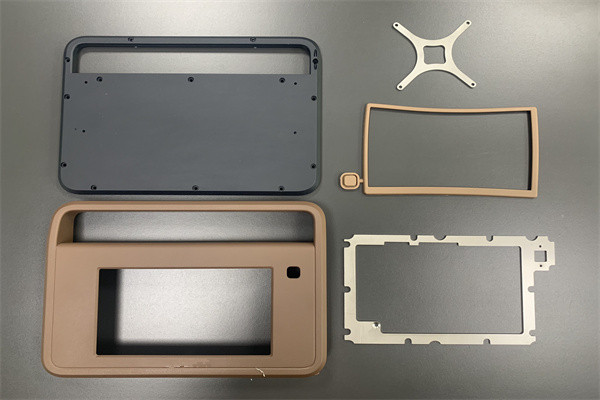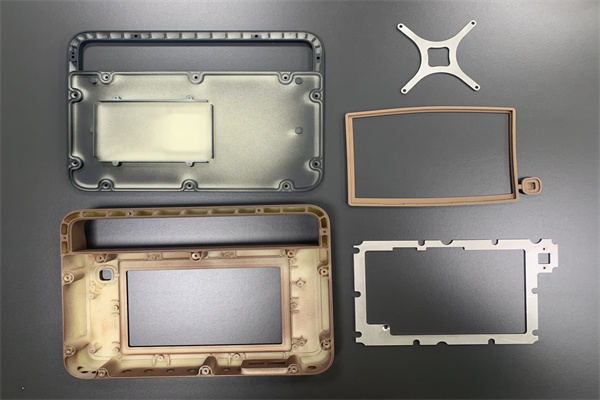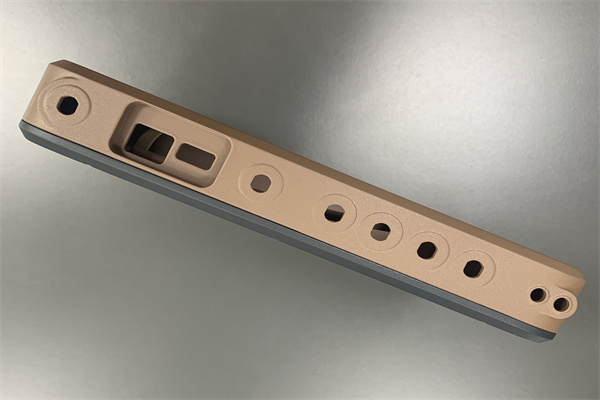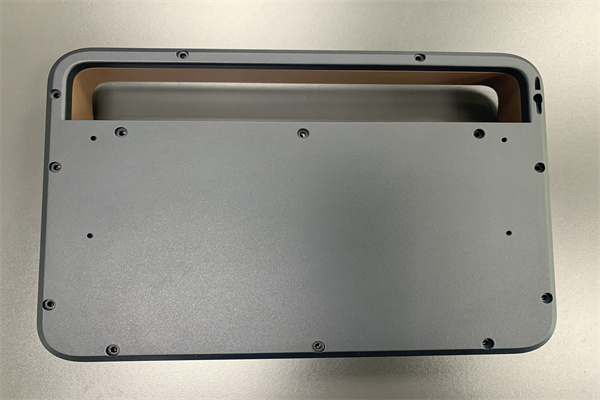
Vacuum Casting
Vacuum casting also called urethane casting, as a great prototype manufacturing process that can make hard and soft functional parts. With more than 20 years experiences in this field, Ruicheng are able to handle all of your needs for vacuum casting and silicone molding.
Contact us to get a quote for silicone molding.

What is Vacuum Casting?
Vacuum casting as a manufacturing technology that has the advantages of reducing the development cost, fast lead time are widely used in small batches production.
The process begins with a sample is made by 3D printing or CNC machine to make silicone mold in vacuum state, and use materials are similar to ABS, acrylic, PC, PA, soft rubber (the hardness can be shore A 30-90) and other materials for casting, to clone identical products.
Normally, one silicone mold can be used for 20 times and then the mold scrapped. If you need more parts, which have to make new silicone mold.

Advantages Of Vacuum Casting
1.Low cost
The price of silicone mold is much lower than injection mold, it usually used for small batches production.
2.Fast lead time
It takes 7 days or less to make the small and simple parts
3.Wide selection of materials
The resin materials used for silicone molding are more widely selective, from soft and flexible to rigid and impact-resistant.
4.Repeatability
One silicone mold can be used around 20 times, based on the structure and size of the design is simple or complex
5.Good simulation performance
Silicone molds can make parts with complex structures and fine patterns.

Vacuum Casting Process
| Step 1: Sample making | Before making the silicone mold, we need to use your CAD drawing to make a sample by 3D printing or CNC machine technology. |
| Step 2: Silicone mold making | Fill the liquid silicone into the casting box , heat the casting box until it is fully cured and then put into the oven to cure. Fill with extra silicone liquid which is also heated & cured. Once it dried, cut open the silicone mold and remove the sample. |
| Step 3: Make the parts | Finally, poured the resin into the empty cavity to create a copy of the original. The mold can be used for the next production cycle. |
Vacuum Casting Technical Specifications
| Lead time | 7-10 days |
| Tolerance | +-0.05mm |
| Minimum wall thickness | at least 1mm (based on the client’s drawing) |
| Color | As per client’s requirements |
| Finish | texture or glossy surface finish |
Vacuum Casting FAQ
*What materials can be used for vacuum casting?
There are many options for the material choice, like ABS, acrylic, PC, PP, PE, PA, POM, PMMA, PVC, soft rubber(hardness can be shoreA 30-90), etc., but the materials are different from the materials what are used for injection molding, which cannot achieve the performance of injection mold.
*Why choose vacuum casting?
If you are not sure whether your design will have a big changes before moving on to the injection molding, vacuum casting is a fast and economical way to make a small batch to verify your design.
*How to handle the silicone mold?
The silicone mold is different from the steel injection mold, which will be scrapped around 20 times production, until they cannot be used any more, we will dispose of them.




How Vacuum Casting Benefits Your Projects
